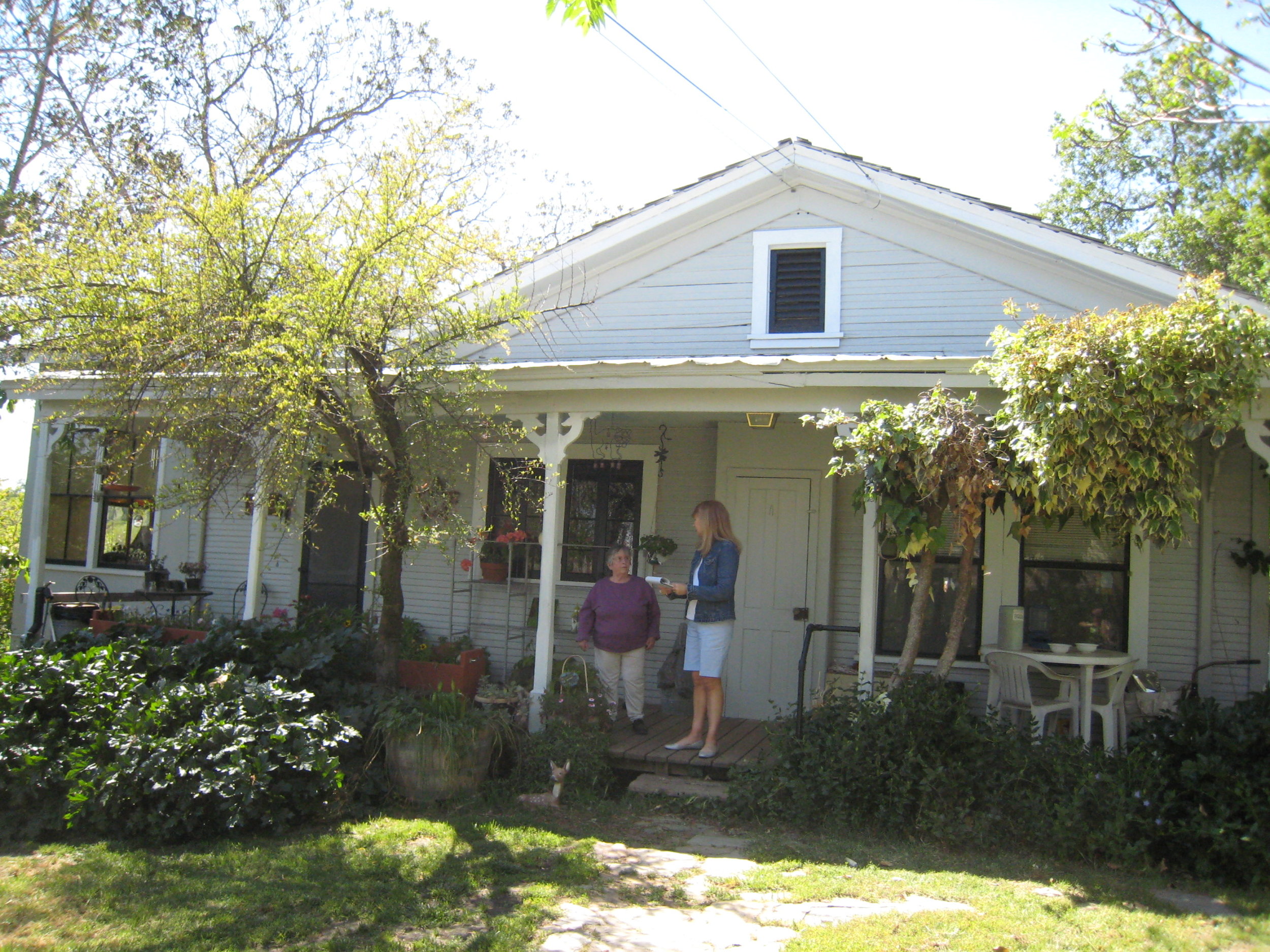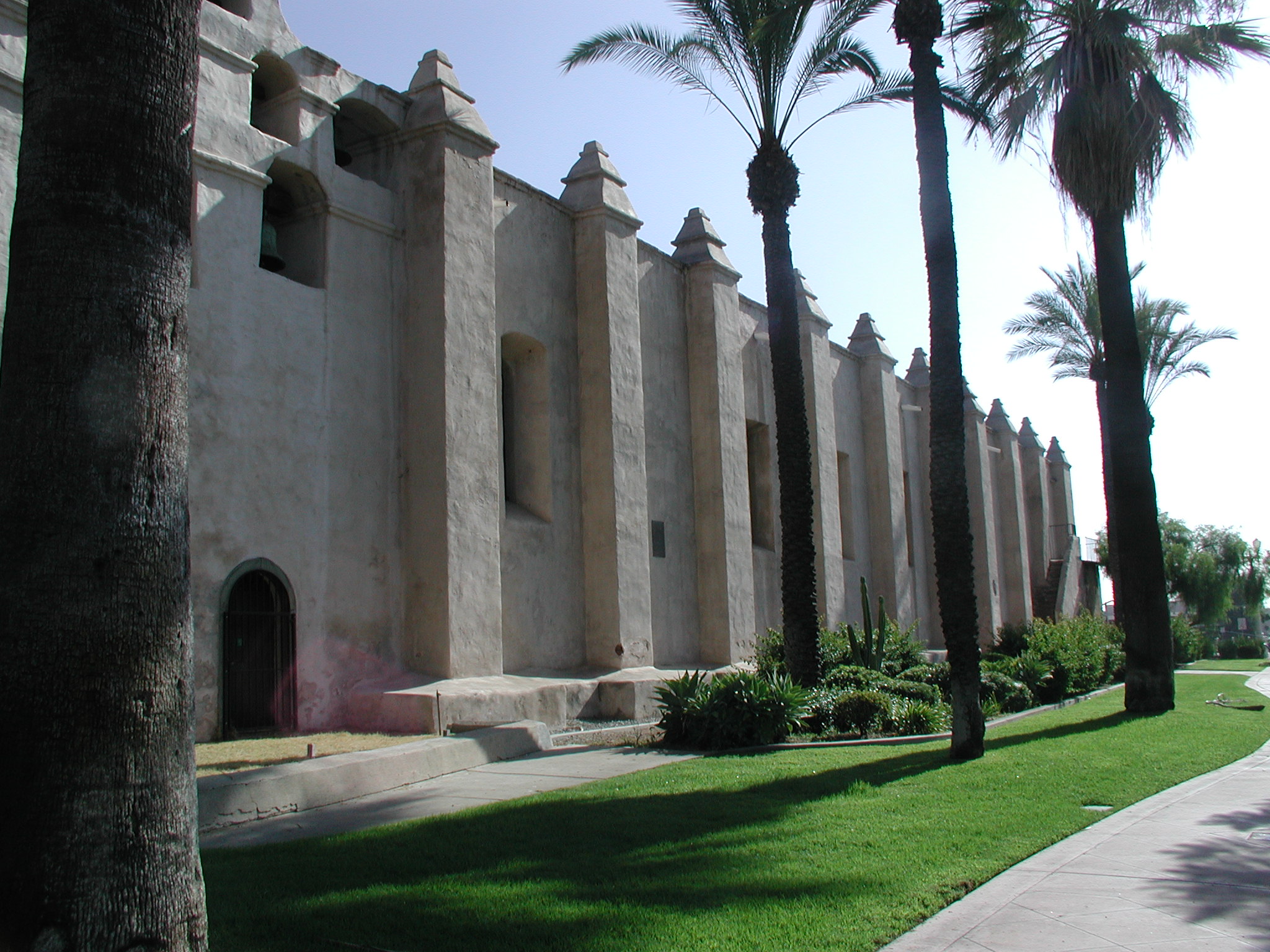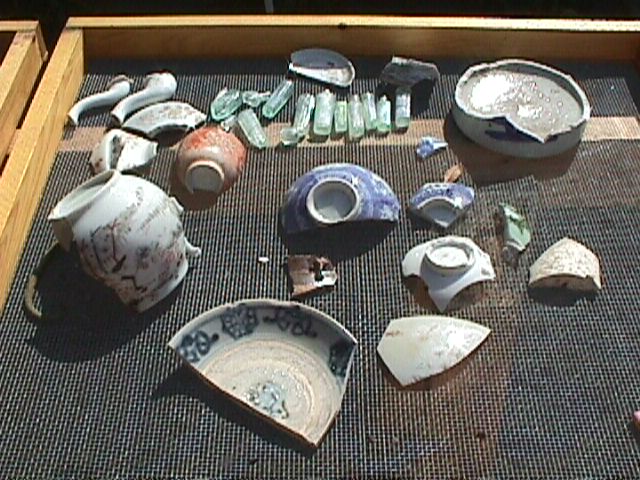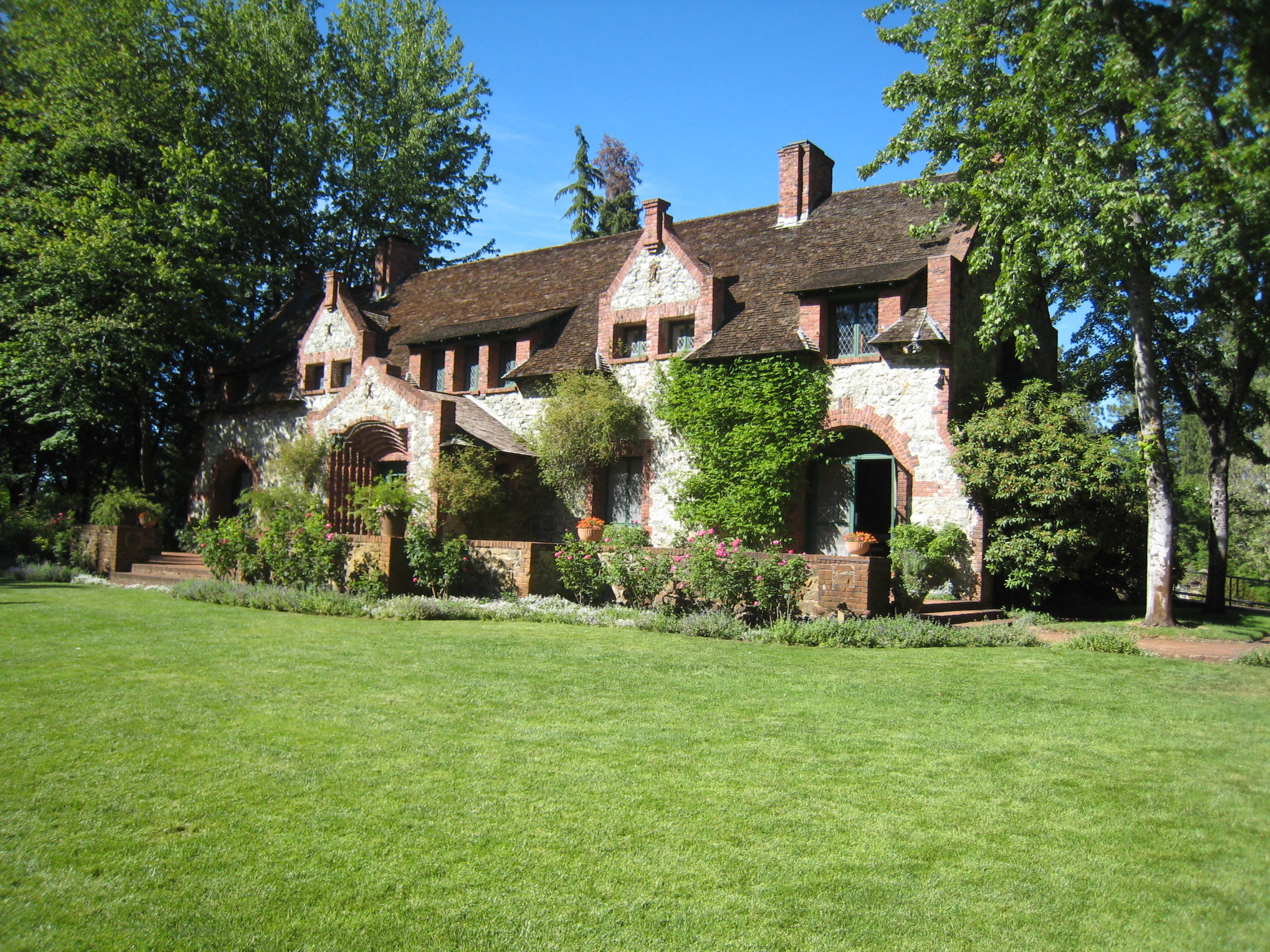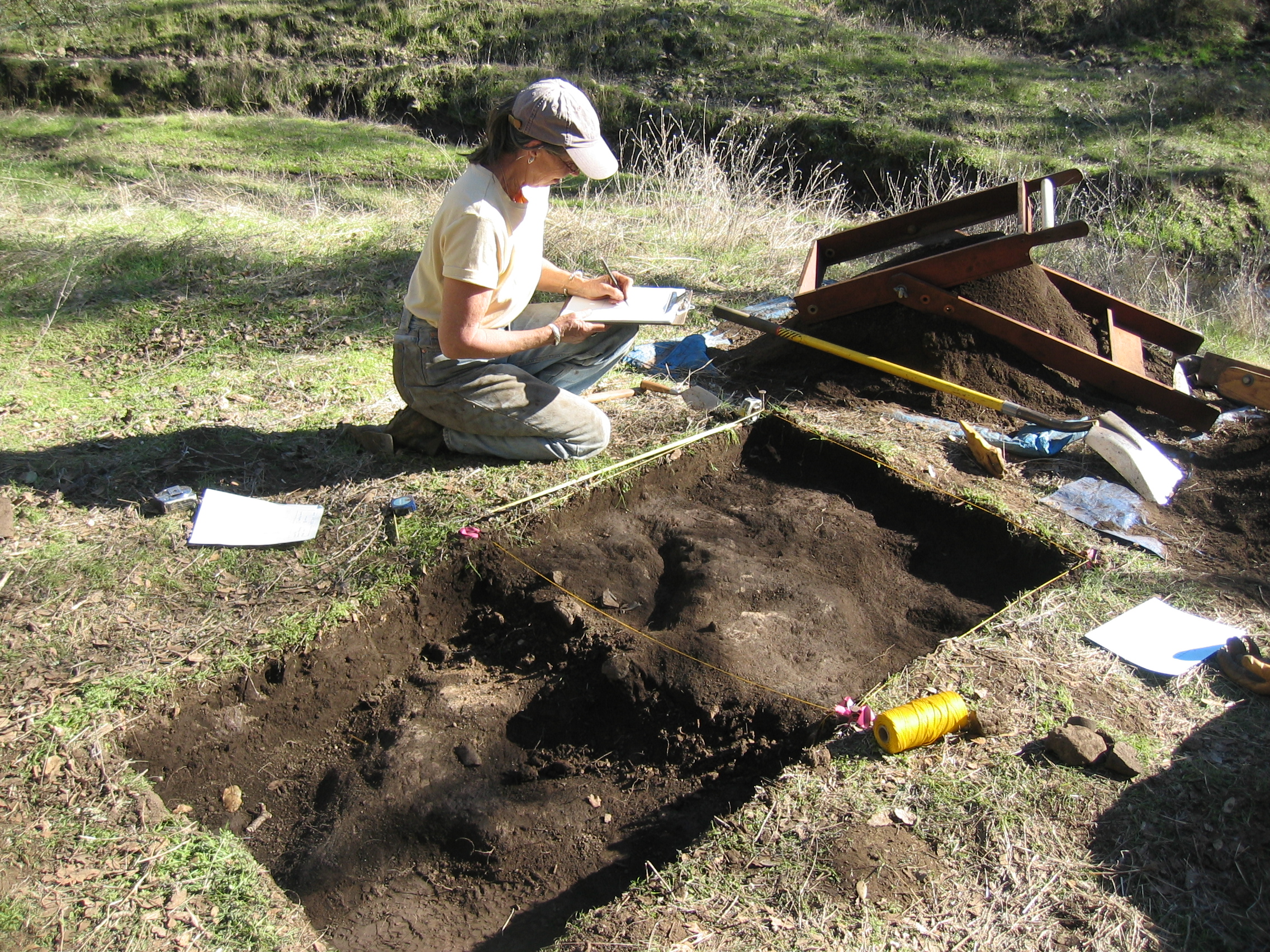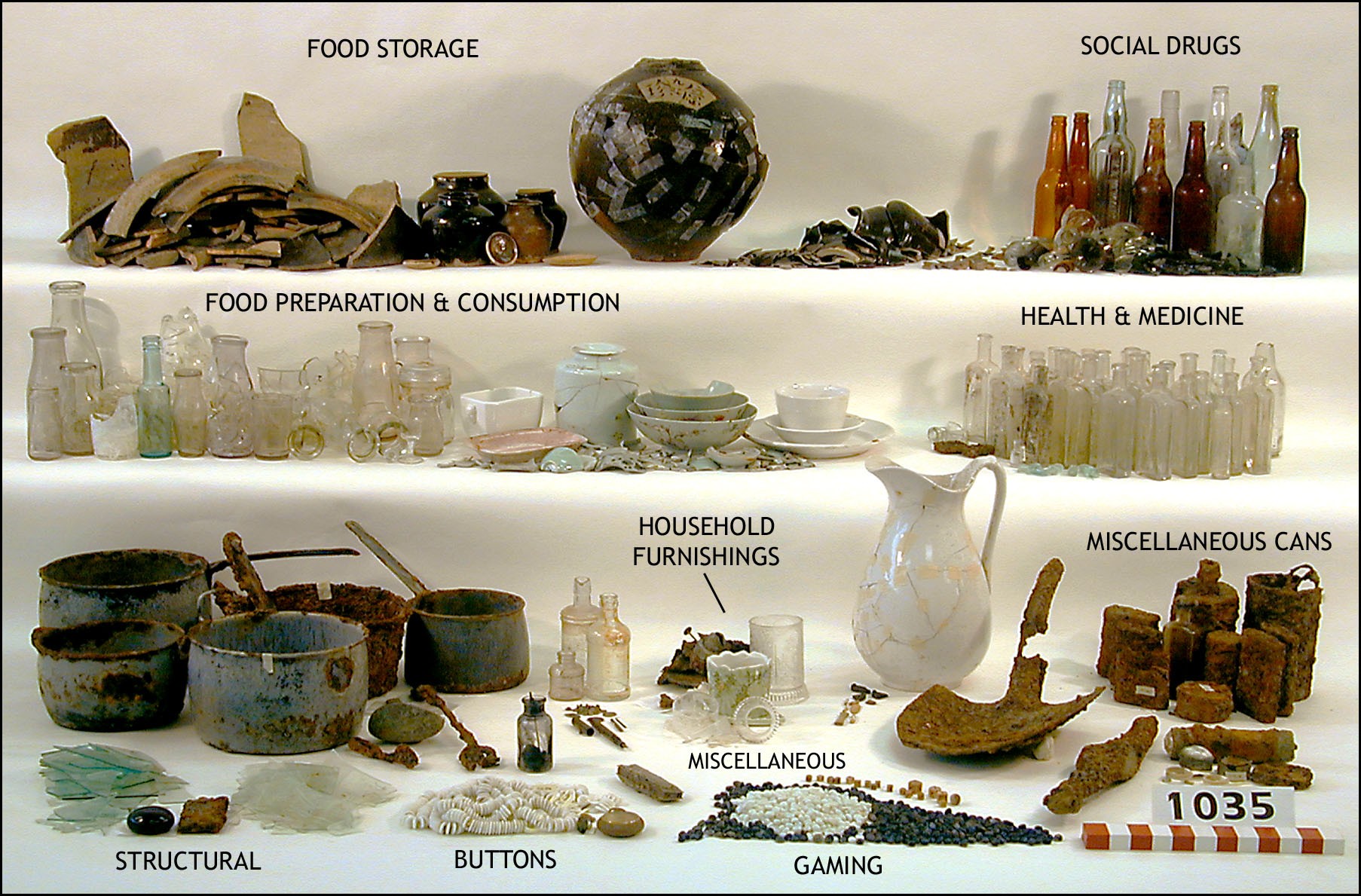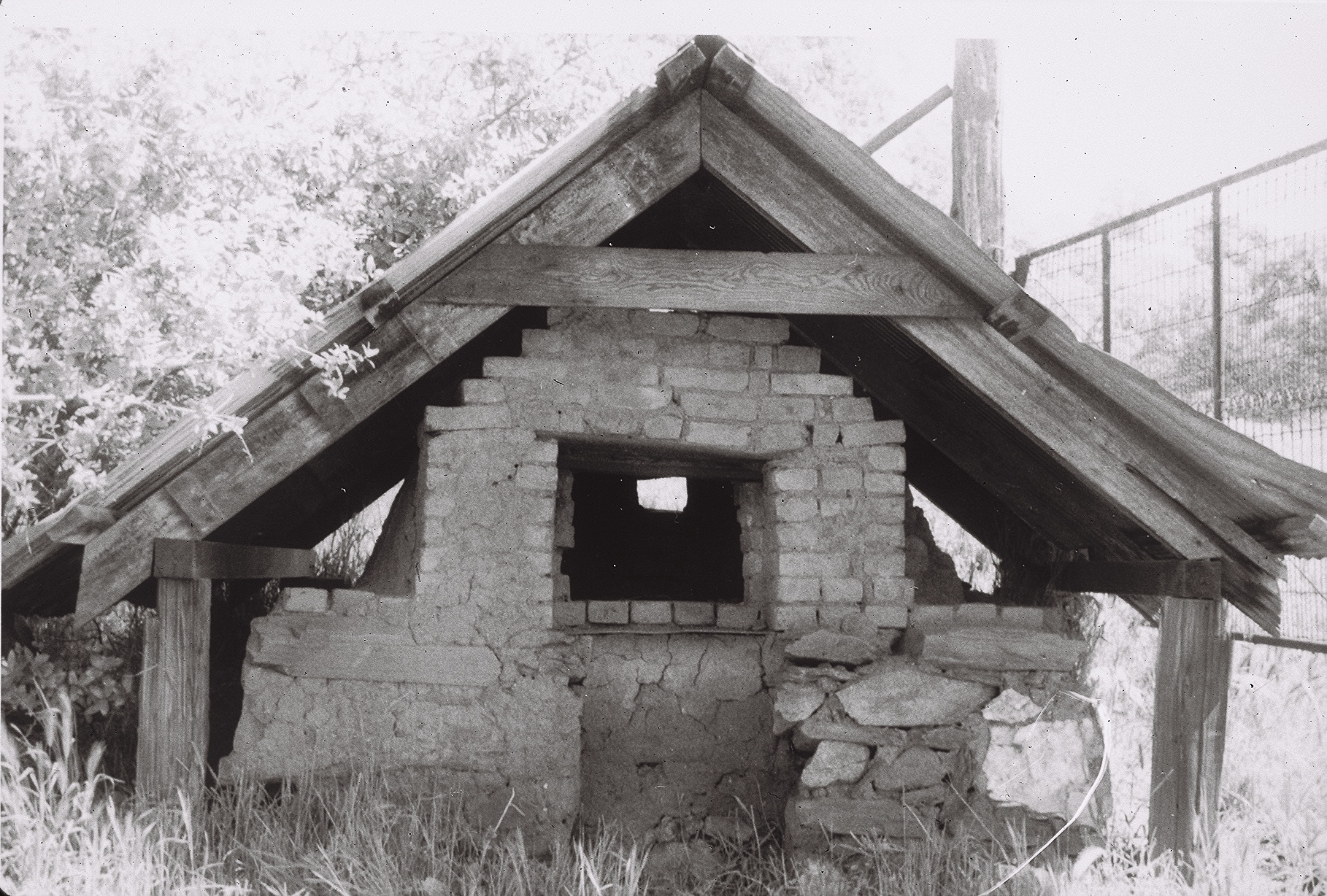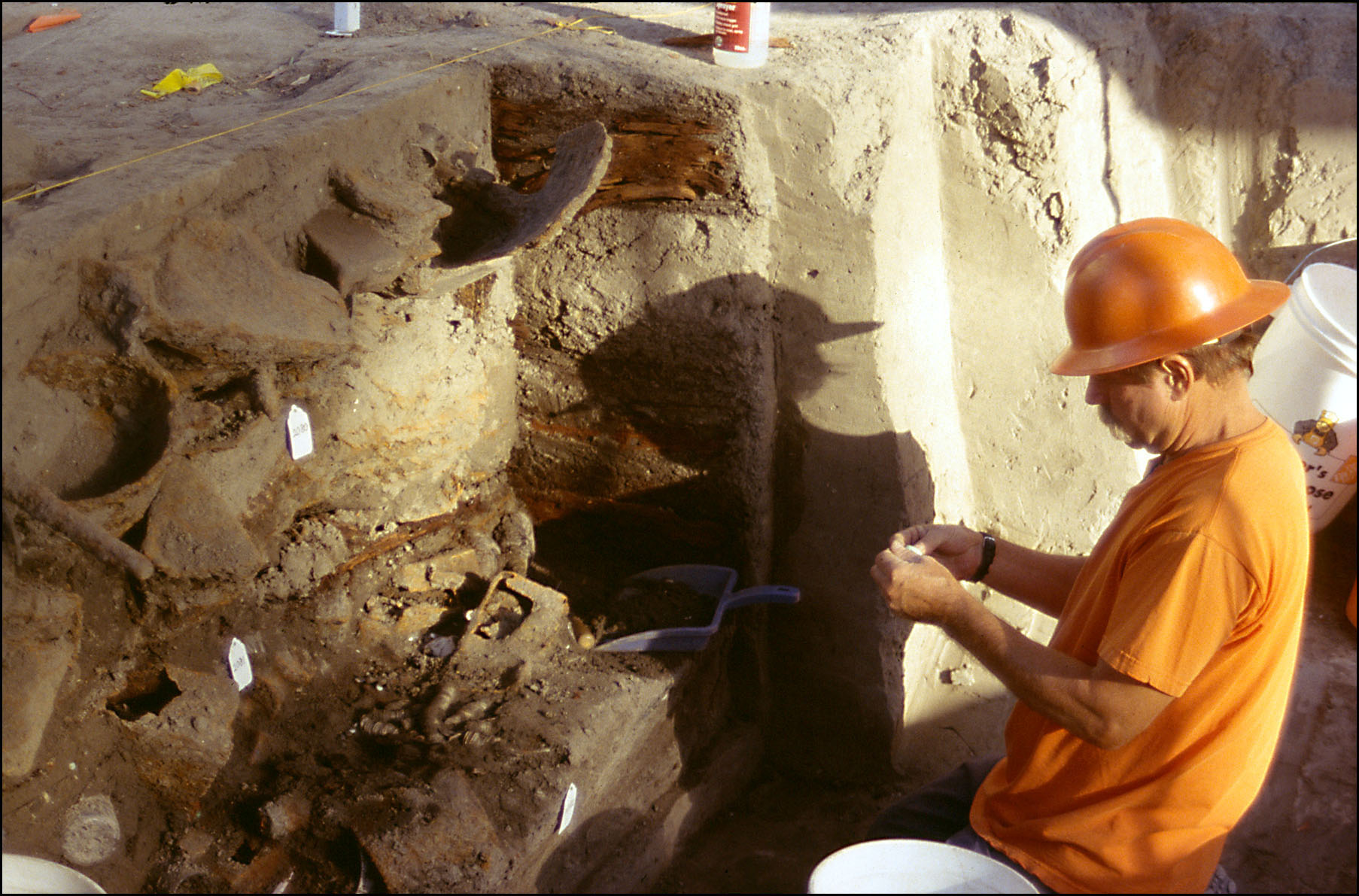About Foothill Resources, Ltd.
Foothill Resources, Ltd. (Foothill) was established as a limited partnership in 1983 by Julia G. Costello, Ph.D., historical archaeologist, and Judith Marvin, historian, architectural historian, and museum director; it was incorporated in 1992. Foothill is 100% woman-owned and is a certified Disadvantaged Business Enterprise (DBE), qualifying both as “Small” and “Disadvantaged”. Corporate headquarters, located in Mokelumne Hill, Calaveras County, California, includes an archaeological laboratory facility. A second corporate office is located in Murphys, Calaveras County.
Foothill specializes in the management of historic-period resources in the western US, including those of Spanish colonization, subsequent immigrations, urbanization, and the development of agriculture and industries. Foothill places particular importance on making research results available to both interested scholars and to the public through publications and interpretive presentations.
Download our corporate brochure
Dr. Costello and Ms. Marvin are experienced in directing archaeological, architectural, and historical cultural resource management (CRM) projects and in evaluating historic resources under both federal (National Environmental Policy Act) and California (California Environmental Quality Act) statutes. Company projects also include site interpretation, museum displays, interpretive planning, and educational programs.
Foothill has conducted projects for federal agencies including the:
National Park Service,
US Department of Agriculture, Forest Service,
US Army Corps of Engineers,
US Bureau of Reclamation,
US Department of Housing and Urban Development,
US Agency on International Development, and
US Department of Defense, Air Force.
About the Elephant:
Why an elephant in the logo? It is an historic emblem of the California Gold Rush, where gold seekers described their participation as “going to see the elephant.” The imagery was based on a popular story of the 1840s, here retold by William Weber Johnson.
[The image] was said to originate in an old story about a farmer who had heard of elephants but had never seen one, and longed to do so. When a circus, complete with elephants, came to a nearby town, he loaded his wagon with eggs and vegetables and started for the market there. En route he met the circus parade led by the elephant. The farmer was enchanted but his horses were terrified. They bucked, pitched, overturned the wagon and ran away, scattering broken eggs and bruised vegetables over the countryside. “I don’t give a hang,” said the farmer. “I have seen the elephant.”
We think life is about going to see elephants.

